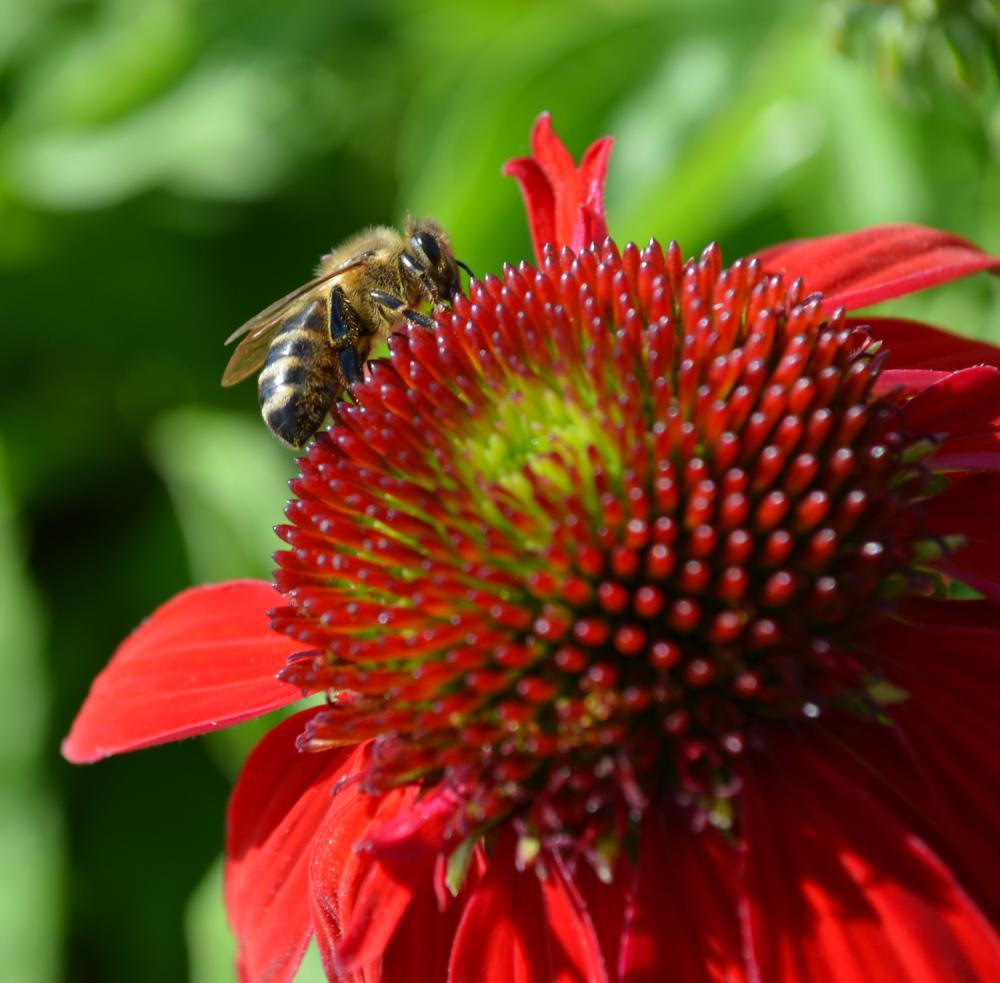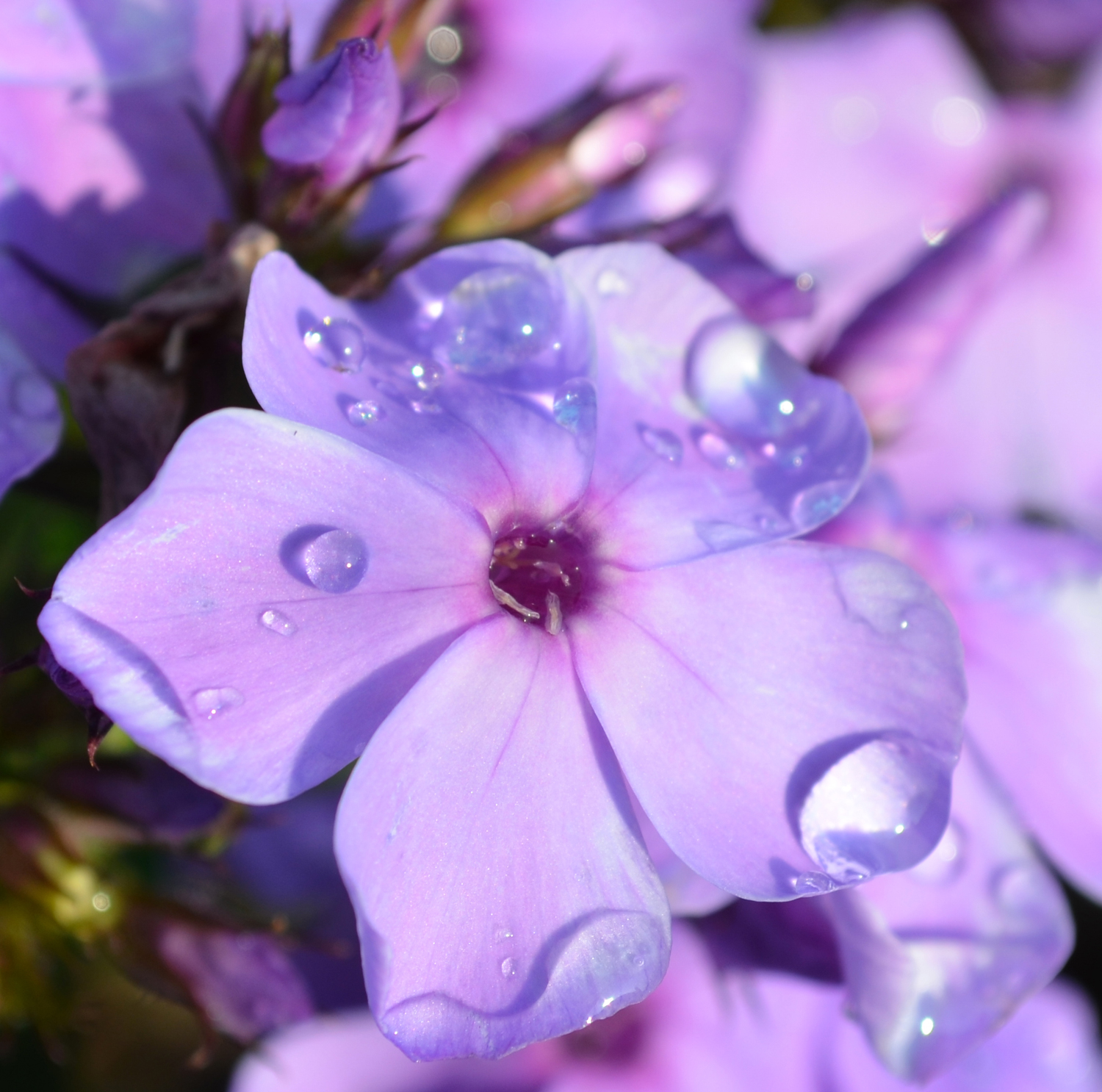Osmunda, American Royal Fern



- Sun Preference
- Part-Sun, No-Sun
- Bloom Time
- June, July
Description
Vase shaped clusters of soft leaves emerge pale pink, maturing to a sea green. Clusters of spore producing pinnae are held upright on the ends of the stems, giving the appearance of flowers.
Minnesota's Largest Selection of Perennials
Discover an unparalleled selection of perennials at Gertens! With the largest variety in Minnesota, we offer endless options of colorful perennials, natives, and pollinator plants to beautify your garden year after year. From vibrant flowers to lush foliage, our perennials are perfect for adding beauty and charm to your outdoor space. Visit Gertens today and see why we're known as Minnesota's Destination Garden Center!
Details
American Royal Fern | Osmunda regalis
Height: 5 feet
Spacing: 24 inches
Sunlight: full sun to full shade
Hardiness Zone: 3a
Brand: Gertens
Description:
Vase-shaped clusters of soft leaves emerge pale pink, maturing to a sea green
Ornamental Features
American Royal Fern features bold spikes of brown flowers rising above the foliage in mid summer. Its enormous oval bipinnately compound leaves are green in color. The foliage often turns tan in fall.
Landscape Attributes
American Royal Fern is an herbaceous fern with a shapely form and gracefully arching fronds. Its relatively coarse texture can be used to stand it apart from other garden plants with finer foliage.
This plant will require occasional maintenance and upkeep, and is best cleaned up in early spring before it resumes active growth for the season. Gardeners should be aware of the following characteristic(s) that may warrant special consideration;
- Spreading
American Royal Fern is recommended for the following landscape applications;
- Accent
- Groundcover
- Naturalizing And Woodland Gardens
- Bog Gardens
Planting & Growing
American Royal Fern will grow to be about 4 feet tall at maturity, with a spread of 3 feet. When grown in masses or used as a bedding plant, individual plants should be spaced approximately 24 inches apart. It grows at a fast rate, and under ideal conditions can be expected to live for approximately 15 years. As an herbaceous perennial, this plant will usually die back to the crown each winter, and will regrow from the base each spring. Be careful not to disturb the crown in late winter when it may not be readily seen!
This plant performs well in both full sun and full shade. It prefers to grow in moist to wet soil, and will even tolerate some standing water. It is not particular as to soil type or pH. It is somewhat tolerant of urban pollution. Consider applying a thick mulch around the root zone over the growing season to conserve soil moisture. This species is not originally from North America. It can be propagated by division.
More Information
| Common Family Name | Fern |
|---|---|
| Gerten Grown Plants | Gerten Grown Plants |
| Sun Preference | Part-Sun, No-Sun |
| Bloom Time | June, July |
| Mature Spread (Range) | 24" - 36" |
| Mature Height (Range) | 37" - 48" |
| USDA Hardiness Zone | 3, 4, 5, 6, 7, 8 |


